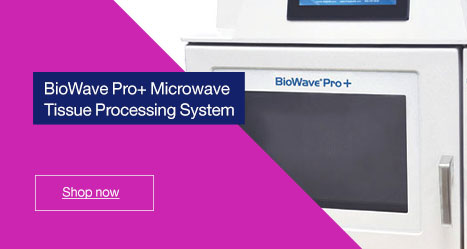Gel-Box / Gel-Tray Users Guide
Gel-Pak’s Gel-Box (AD Series) are versatile “pocketless” carriers that hold devices securely in place during shipping or handling. Use the recommended process parameters and procedures below for best device handling results.
Section 1: Overview
AD and BD Series Carriers are designed for manual applications in which devices are loaded using a vacuum pen, tweezers or fingers and unloaded only using tweezers or fingers.
Devices are securely held in place when sufficient surface contact is made with the Gel surface. The Gel holding strength is weakest in the peel direction; therefore the devices can be easily removed from the Gel by simply applying a twist or rotation motion. Vacuum pick-up tools typically will not work for unloading because a twist or peel motion is required.
The Gel is available in a wide range of tack levels (referred to as Retention Levels) for use with various device types and surface finishes.
The AD Gel-Boxes are plastic hinged boxes with a proprietary Gel coating applied directly to the bottom. They come in sizes ranging from 1” x 1” to 7” x 5”.
If you prefer a version where the Gel coated surface can be removed from the hinged box, use the Gel-Tray (BD Series) product which is a 2” x 2” Gel coated plastic tray stored inside a plastic hinged box.
For extremely fragile devices, thin devices less than 150µm in thickness, or devices larger than 1” x 1” in size (unless very robust), use of the Gel-Pak Vacuum Release (VR) Series tray is typically recommended.
Section 2: Suggested Gel Retention Level (Holding Force)
The required Gel Retention Level (Xn) for a specific device is a function of properties such as dimensions, backside surface roughness, flatness, and material type. Determining the correct Gel Retention Level for a specific device is not an exact science. Each device has its own unique properties therefore the tack level can only be “suggested”. It is always recommended that Gel samples be evaluated to ensure that the correct tack level is selected.
The Gel Tack level must be high enough to securely hold the device during shipping and handling, yet allow the device to be easily unloaded. The tendency is to select the highest tack level in order to obtain the maximum holding force, but this can result in device unload issues. The optimum Gel Retention Level is a balance between both device holding and unload performance.
Section 3: Device Loading Instructions
Load device on the Gel surface using standard production methods. Typical manual systems such as tweezers or vacuum pick-up tools are used with these boxes and trays. Take care when using tweezers not to damage the Gel surface.
When possible, slight downforce should be applied to the device to initiate good surface contact with the Gel. The device should typically be mounted on Gel for a minimum of 1 minute to achieve sufficient surface contact before transporting. (Required time may vary based on device surface roughness, mass, and Gel retention).
Section 4: Gel Holding Force Test
In order to verify that a selected Gel Tack level is sufficient for the loaded device, close the Gel-Pak Carrier and tap the corner on a hard surface. Tap as hard as needed to evaluate Gel holding strength. Tap testing will simulate the Gel’s ability to effectively hold a device during typical shipping and handling environments. A more severe drop test (1 meter) can be performed after the device has been stored on the Gel surface for several minutes.
If any device position shifts during testing, either allow a longer waiting period for increased Gel contact area (holding strength) prior to transporting or evaluate a higher Gel Retention Level as needed. For large mass devices, it is recommended that the Gel carrier be placed in an upside-down position for 24 hours to confirm that the device does not pull away from the Gel due to gravity.
Section 5: Device Unload Evaluation Test
Unload the device simulating the actual production environment. For the Gel-Box, Gel-Tray, and Gel-Slide carriers, this normally will be done using either tweezers or by hand if the device is large enough. Vacuum pick-up tools typically will not work with these products because a twist or peel motion is required to unload the device from the Gel surface. If unload must be performed using a vacuum pick-up tool, then a Vacuum Release (VR) product should be used instead.
Pushing down on the device during unload should be minimized to prevent the device from being driven or pushed into the Gel surface. This can damage your device and/or create increased device unload forces.
If device removal is difficult, repeat tests using a lower Gel Retention Level. Be sure to also repeat the Gel Holding Force Test (Section 3) if a lower Tack Level is selected.
If excessive forces need to be applied to remove a fragile device even at a low Gel retention level, then it is strongly recommended that a VR product be used instead.
For all products, a longer-term storage test should be performed by leaving the device on the Gel for a minimum of 48 hours to achieve maximum surface contact prior to unloading.









